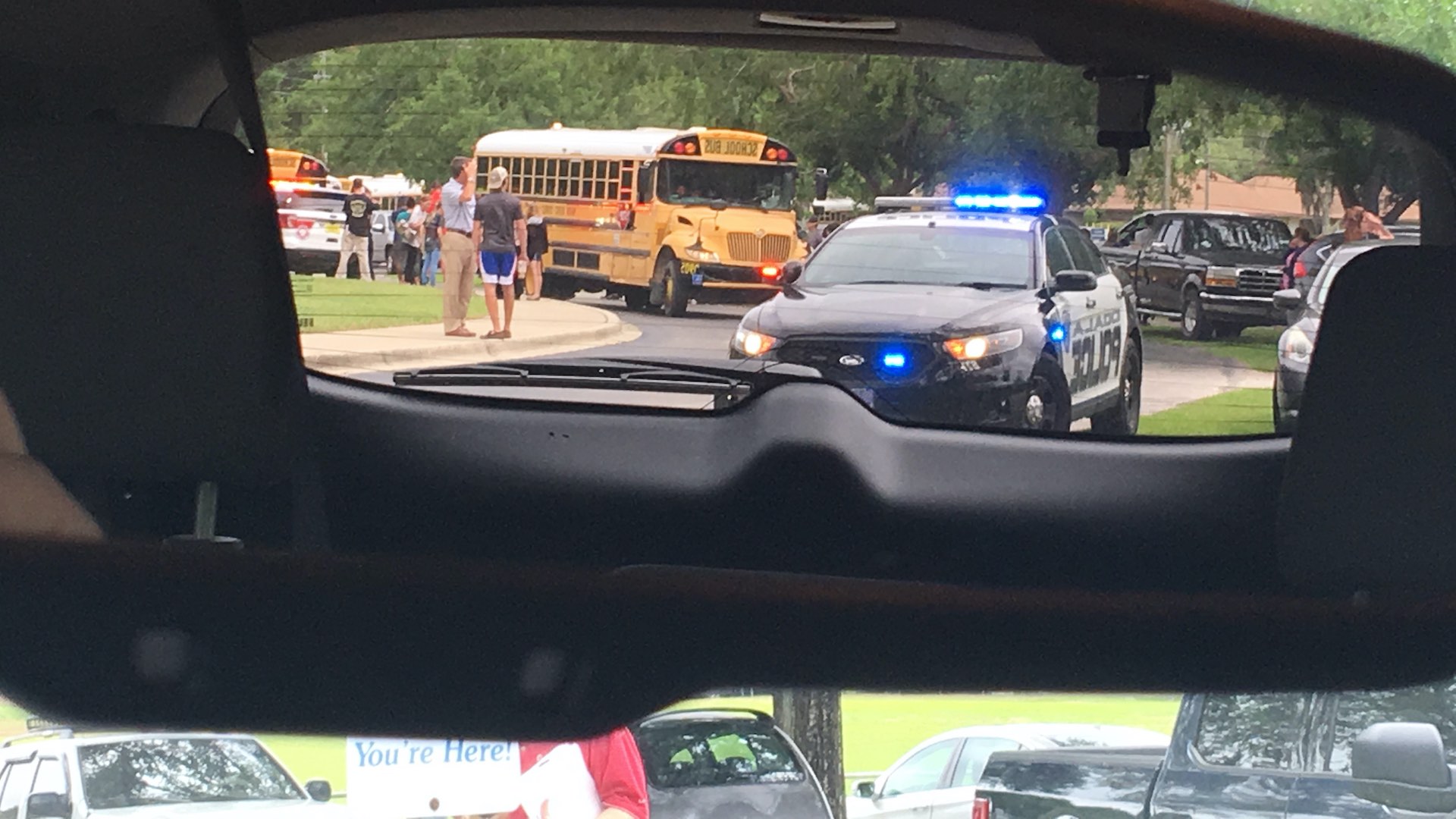[ad_1]
Opinion/Editorial

There is an affordable way to effectively respond to our school active shooter crisis: Every community in our nation should implement a school safety officer (SSO) program.
At its simplest, an SSO program would entail schools setting aside a secure office for one or more local law enforcement officers to simply be present during school hours. This office would be staffed by local police officers who volunteer to be present on a semi-on-duty status, something like the partial-paid “standby time” status that some agencies employ for officers to be available for emergency callouts or even court testimony. Receiving nothing more than the local minimum wage that would be funded by the schools, off-duty officers could sign up on a first-come-first-served basis to cover all the school’s open hours. Certain to be popular in every community, SSOs would simply need to be present: casually dressed but armed, comfortably positioned and at the ready.
The secure SSO office should have most of the conveniences of home, including computers with internet access, a television and even beds. In communities with more means, classroom and schoolyard cameras could feed into this office, too. Ordinarily, the singular requirement for SSOs would be their presence and readiness. They could watch television, surf the internet, do almost anything of personal interest and even sleep. This role could be twice as effective and even more enticing for volunteerism if schools funded two or more available slots so that officers could sign up with friends or make new ones. And by adding a report-writing area, they could give on-duty officers good cause to drop in occasionally, too.
Ideally, state or federal government should mandate and fund minimal training for all interested officers to achieve SSO accreditation. The minimum-wage idea is superior to full volunteerism because it puts officers in a minimal employment status that assures basic fitness for duty, readiness and, if necessary, correction or discipline. It also assures officers’ eligibility for on-duty benefits should incidental injuries, etc., occur. While at the school, if SSOs need to take any official action (including handling things that might otherwise require law enforcement response), their employment status would switch to regular duty, with overtime paid by their law enforcement agency.
SSO hours would be particularly enticing to local grave-shift officers, who could log ordinary sleep hours and benevolent community service hours, too. Local police unions, by making a public commitment that their members will have all school hours covered, could also join in the civic benevolence, and then work with the schools to manage the schedules. In locations with inadequate SSO staffing capacities, school safety officer presence could be randomized so that some deterrence could still be achieved (like our federal air marshal program).
I encourage you to bring this novel school safety officer idea to your own chief or sheriff, as well as your union president. Committing together as one, our nation’s peace officers can stand in the gap between active school shooters and our children. Let’s implement this innovative school safety officer program everywhere — now.
[ad_2]





